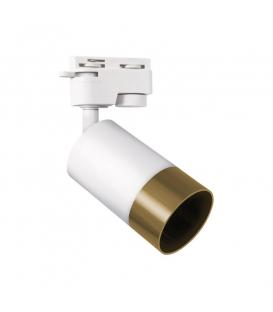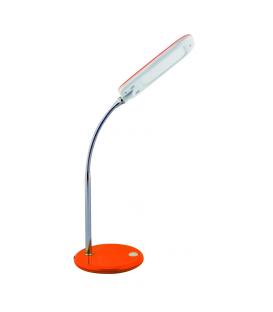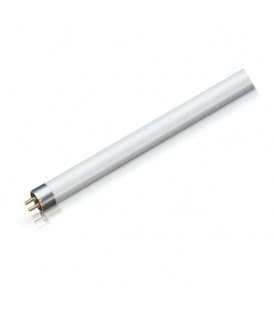Motion sensor included in the luminaire?

Yes
A motion sensor is included in a luminaire, which is a lighting fixture or device. A motion sensor, also known as a motion detector, is a device that detects movement in its surroundings. When integrated into a luminaire, it can automatically turn the light on or off based on the presence or absence of motion. This functionality is commonly used to save energy by ensuring that lights are only illuminated when needed.
Motion sensors can be a valuable addition to your lighting and lamp setup, providing both convenience and energy savings.
Here's how motion sensors can work in conjunction with lighting and lamps:
- Automatic Activation: Motion sensors can automatically turn on lights and lamps when they detect motion in their range. This is particularly useful in areas like hallways, closets, or bathrooms where you may not want to fumble for a light switch.
- Energy Efficiency: One of the primary benefits of using motion sensors is energy savings. Lights and lamps are only activated when someone is present in the area, reducing unnecessary energy consumption. This can lead to significant cost savings over time.
- Customization: Most motion sensors allow you to customize their settings, such as the sensitivity to motion, the duration the lights remain on after motion is detected (timeout), and the ambient light level at which they activate. This flexibility lets you tailor the system to your specific needs.
- Integration with Smart Home Systems: If you have a smart home system, you can often integrate motion sensors into your automation routines. For example, you can have lights and lamps turn on automatically when motion is detected and turn off when the room is vacant for a specified period.
- Security: Motion-activated lighting can enhance security. Intruders are less likely to approach a well-lit area, and the sudden activation of lights can alert you to potential threats.
- Convenience: In addition to energy savings, motion sensors offer convenience. You won't have to remember to turn lights on and off in certain areas, making your daily routines more effortless.
- Types of Motion Sensors: There are different types of motion sensors available, including passive infrared (PIR), ultrasonic, and microwave sensors. PIR sensors are most commonly used in residential settings, while ultrasonic and microwave sensors are often found in commercial applications.
- Placement: Proper placement of motion sensors is crucial. They should be positioned to cover the desired area without triggering false alarms. For example, in a hallway, you may want to install multiple sensors to ensure full coverage.
- Dimmable Lamps: If you want to create a more ambient lighting experience, consider using dimmable lamps in conjunction with motion sensors. This way, the lights can adjust their brightness based on the level of activity in the room.
- Battery vs. Wired Sensors: Depending on your setup, you can choose between battery-operated or wired motion sensors. Wired sensors are typically more reliable and don't require battery changes, but they may be harder to install in existing structures.
In summary, integrating motion sensors with lighting and lamps can enhance your home's convenience, energy efficiency, and security. It's a practical addition to any modern home or office space, and it can be customized to suit your specific needs and preferences.






